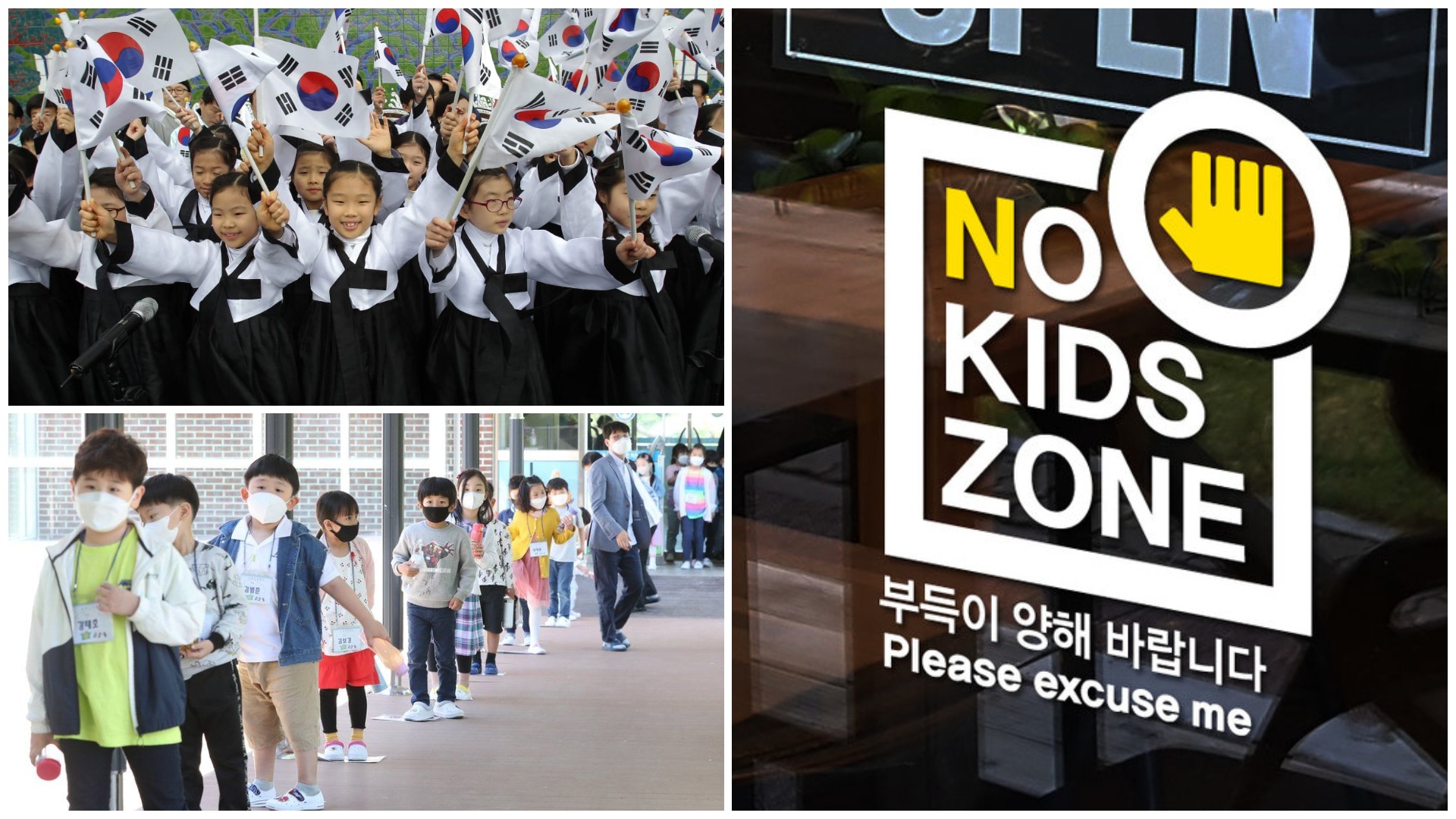It is a fact that the physical social world nowadays mostly consists of cafes and restaurants. They are what we call the social hubs where you meet your friends, loved ones to chill and just enjoy a good drink and good food.
These social places are generally for everyone but certain specific types of restrictions have now surfaced and becoming a common practice in cafes and restaurants in South Korea.
They are called a No * Zone. Simply, this refers to a space to which specific groups are denied access
Types of NO * Zone
1. NO Kids Zone
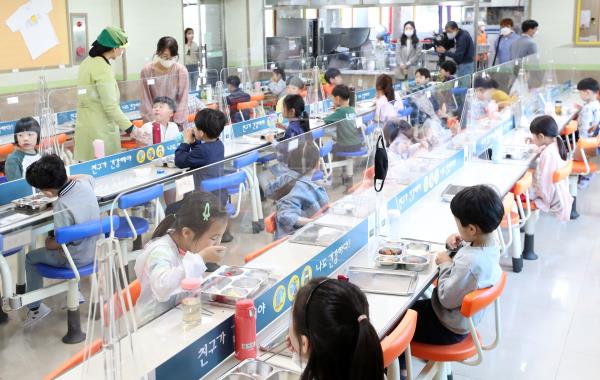
This is the first ‘no * zone’ to appear where children under 13 were denied entry in restaurants and cafes. One way or another, we have all experienced this, where children run and scream all over the place. Some brave ones complain to the managers and some just frowns at the parents or just bears with it. This uncomfortable situation to the parents, customers and owners made this restriction surface.
2. NO youth Zone
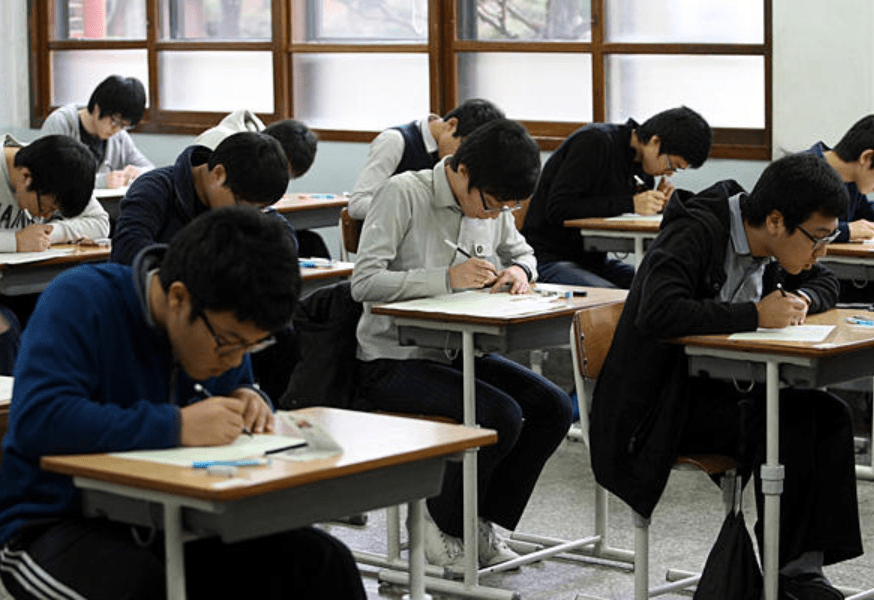
Young students are asked to not enter the establishment as some groups of students engage in deviant behavior as proven over and over before. Disturbing other costumers by being rude, smoking in non-smoking areas, loud talking and laughing, is a sure sign for them to be put on the no entry list.
3. NO Study Zone
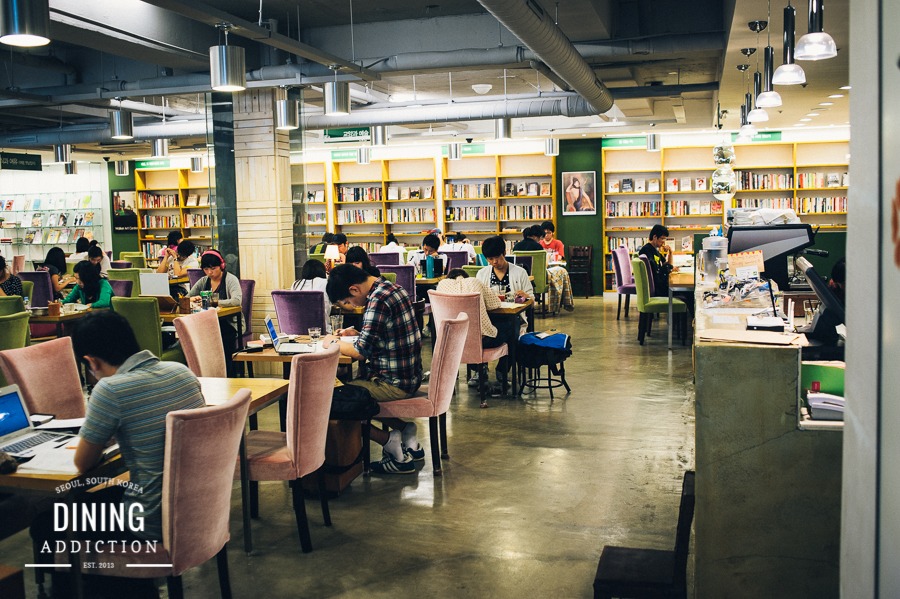
Ever had the experience of entering a café and leaving abruptly due to lack of seats? This is because there are many people who head to cafes with the main purpose of studying and they occupy a table or tables for several hours. They are refrained to enter for ordering just one drink and proceeding to occupy a table for several hours will have an effect on the café’s turnover and the customer’s comfort as well.
4. NO Tuber Zone

Content is everything to a social media presence today which is why some creators film their daily lives. With or without permission, this can be a nuisance to both customers and staff. They comment on food causing disturbance to other customers and just moves around the place. And to top it off some even makes demands of a free meal from the restaurants they visit as a means of compensation which can be viewed as promotional videos.
5. NO Believer Zone
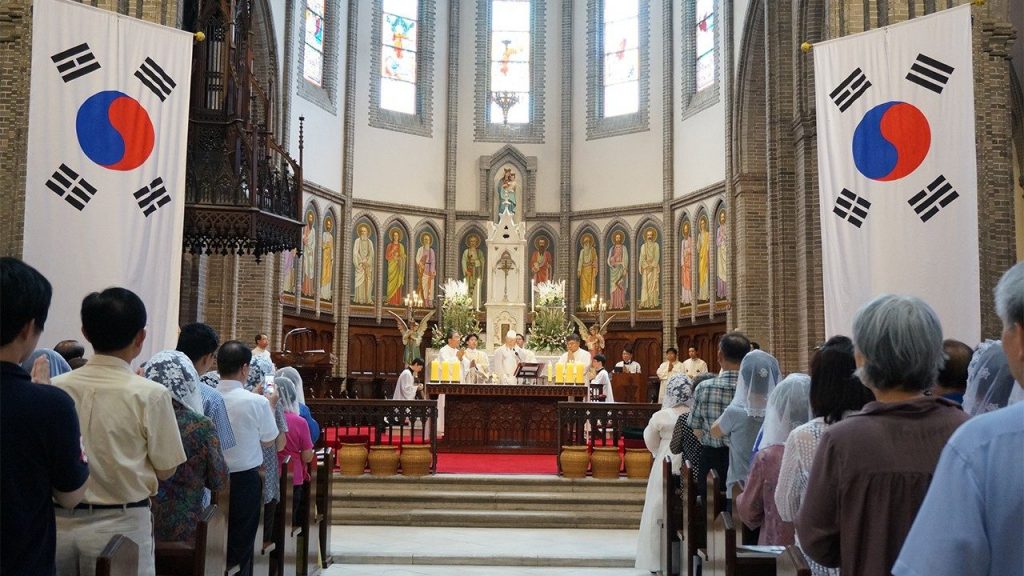
This one is quite sensitive, the first and 2nd outbreak of covid-19 were both driven by religious groups in South Korea. They implemented this restriction as some churches continued to ignore official guidelines and people started worrying about sharing the same space with religious believers. This one may not work on the Philippines as we didn’t have this experience. Our churches here followed protocol immediately.
There were many arguments regarding these restrictions even in South Korea. Implementing them gives a certain vibe of dividing people and stereotyping. It may spread discrimination and hate in the community.
Others though, think that it is the right of the owner to deny access to certain groups and not suffer damage and that customers should have the right not to feel uncomfortable.
Personally, I agree to some of the no zones but not to all and depending on the places. We are already practicing some of these restrictions. If all of these are implemented and almost everyone is doing it, the social scene can also worsen in the future. As experts said, tension and unpleasant feelings will only grow by avoiding these uncomfortable situations instead of resolving them.

